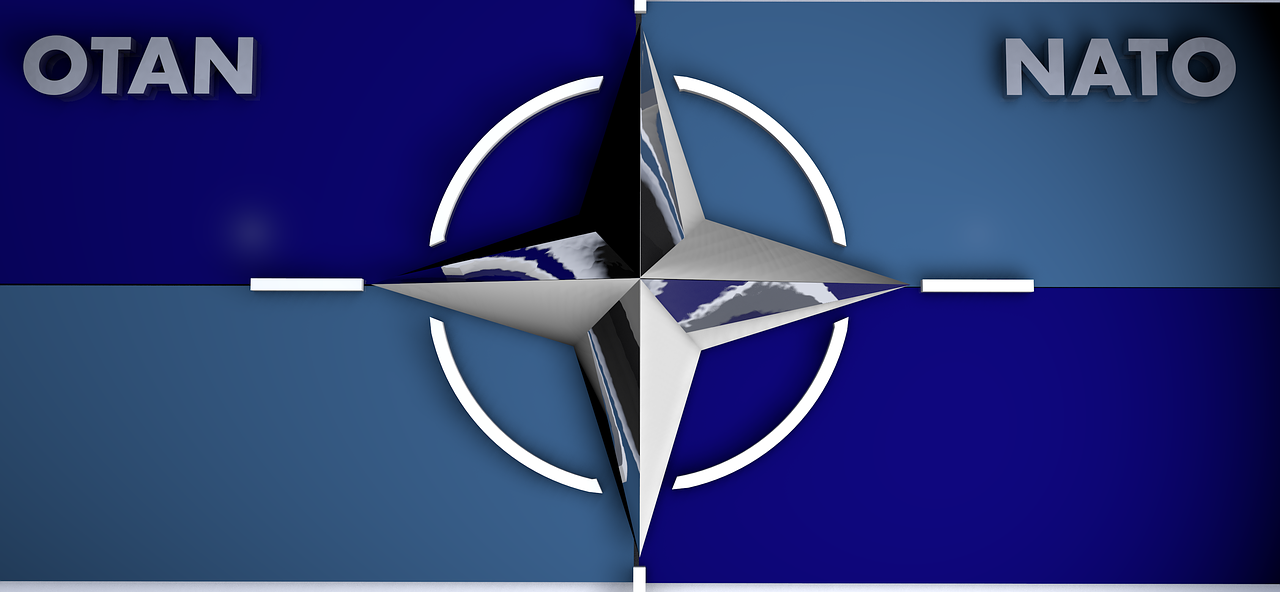NATO countries on Tuesday froze their participation in the Conventional Armed Forces in Europe (CFE) Treaty following Russia’s withdrawal, signaling a continued break-down of the status quo in global security.
Russia and 22 other countries signed the treaty in 1990, shortly after the fall of the Berlin Wall. The treaty sets limits on military arsenals, like the quantity of tanks and artillery each state party is permitted to have. The limitations applied to the following five categories of conventional military assets: battle tanks, armored combat vehicles, artillery, combat aircraft and combat helicopters.
Russian President Vladimir Putin signed the law to withdraw from the CFE Treaty back in the spring, but the termination came into effect this week. Shortly thereafter, NATO suspended participation in the treaty as a consequence. According to Russian state media, the Russian Foreign Ministry said they withdrew from the treaty over NATO’s “overt” defiance of it. By allowing more members into the alliance, Russian officials believed NATO was effectively bypassing the restrictions on military arms quantities. A press release from the Western alliance said that to continue to abide by the treaty’s provisions in Russia’s absence would be “unsustainable”. However, the statement emphasized NATO’s continued commitment to arms control and stability in Europe.
In the meantime, Russia is anxious to rebuild its conventional arsenal after heavy losses incurred during the conflict in Ukraine. October saw massive destruction of Russia’s military stock, including the loss of 55 tanks in a single day.
In a press conference on Monday, Foreign Minister Sergey Lavrov did not mention the withdrawal from the treaty. However, the minister criticized the US for attempts to “sow chaos” and sabotage the emerging multipolar world order.
Correction: The first paragraph has been rephrased for clarity.


